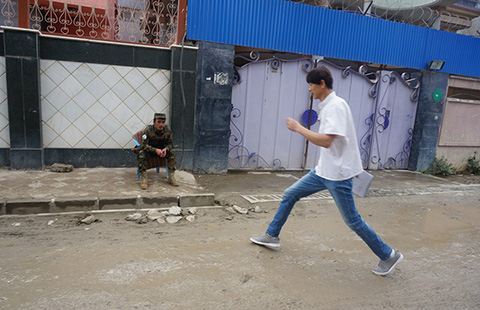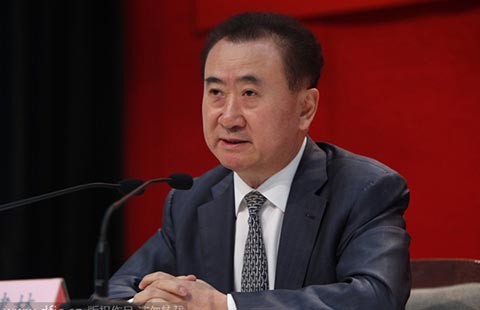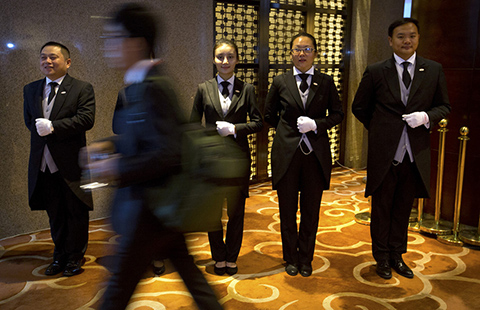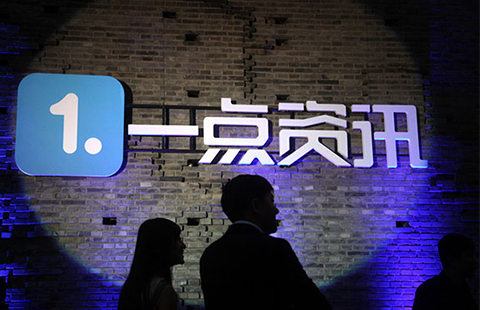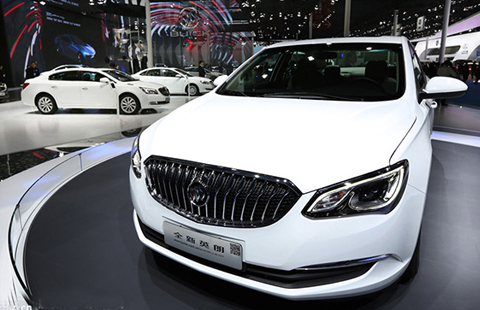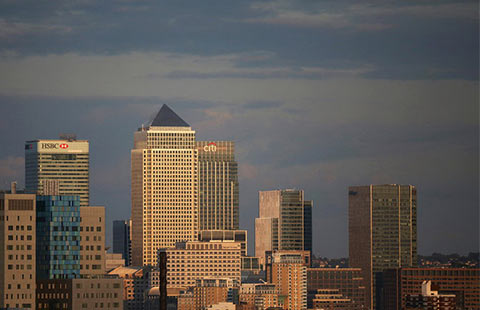Luxury coach-builder Kama Bus to expand its presence in US
By Wang Wen and Shi Xiaofeng (China Daily) Updated: 2015-11-02 07:54
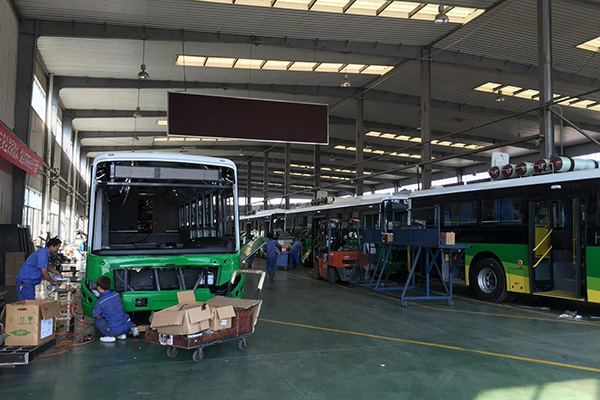 |
|
Workers on a production line at Jiangxi Kama Business Bus Co Ltd, which is the only company in the country that sells coaches to the United States, Australia and Europe. [Photo provided to China Daily] |
A strengthening yuan, before it was realigned against the dollar, was another major problem, according to analysts.
Against this backdrop, Kama Bus' quality-first approach has paid off, even though a single luxury vehicle can cost up to $30,000.
"Although we might only get a small export order from a single client, it is always high value," Li said. "Our vehicles are also tailor-made for our customers."
This is the sort of high-end, high-tech production that the government is looking for as the economy is rebalanced toward sustainable growth by concentrating on value-added goods and services, and away from cheap manufacturing.
Last year, the company received an order for 500 new-energy buses worth $50 million, from Bangkok Mass Transit System in Thailand. The vehicles will be delivered by the end of the year.
"The low floor NGV city coach from Kama Bus is eco-friendly. It will cut down on pollution and give passengers a more comfortable experience," Thalerngsak Thakhulee, quality control manager at CTV DOLL, the Thai partner of Kama Bus, said. "This will help improve Bangkok's public transport system."
A subsidiary of the State-owned China Hi-Tech Group Corporation, or CHTC, Kama Bus was established in 1969 and now employs more than 500 workers at its factory in Nanchang.
The firm also has a thriving business in China, with its home market focused in Jiangxi province.
After starting off building small and medium-sized buses for the domestic market, the company received funding from foreign investors in 2007 and was rebranded to capture a slice of the overseas market.
In 2010, Kama Bus rebalanced its order book after being bought by CHTC.
"We now have 50-50 sales in overseas and domestic markets," Li said. "This ratio is reasonable and we will keep it that way in the future-despite strong competition in foreign markets."
To retain its edge, the company is moving into a new factory as the present plant can roll out only 3,000 buses a year.
It should be operational by the end of 2015 and is being constructed in the same industrial park in Nanchang.
"With the new plant, our production rate will be doubled to 6,000 buses annually," Li said. "This will help us expand in the future."
- Post-plenum trading may see stocks rising
- Fashion meanders as foreign firms thrive
- Infrastructure is key to driving toward a better tomorrow
- Battery power to fuel wave of green vehicles
- Luxury coach-builder Kama Bus to expand its presence in US
- Swiss watch exports go through torrid time
- Tailored men's suits tap into risng trend
- Diamonds start to lose their luster to Chinese
